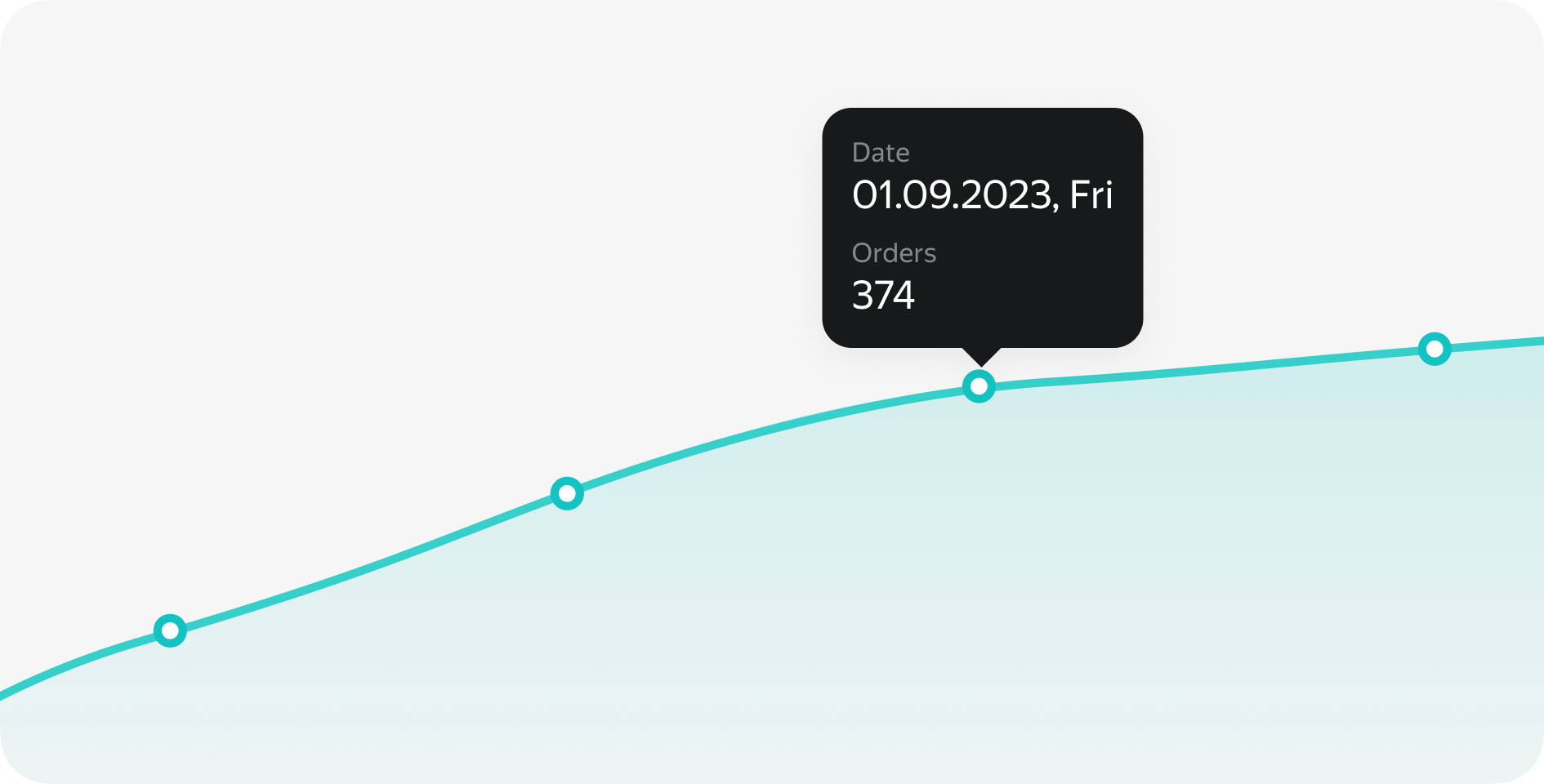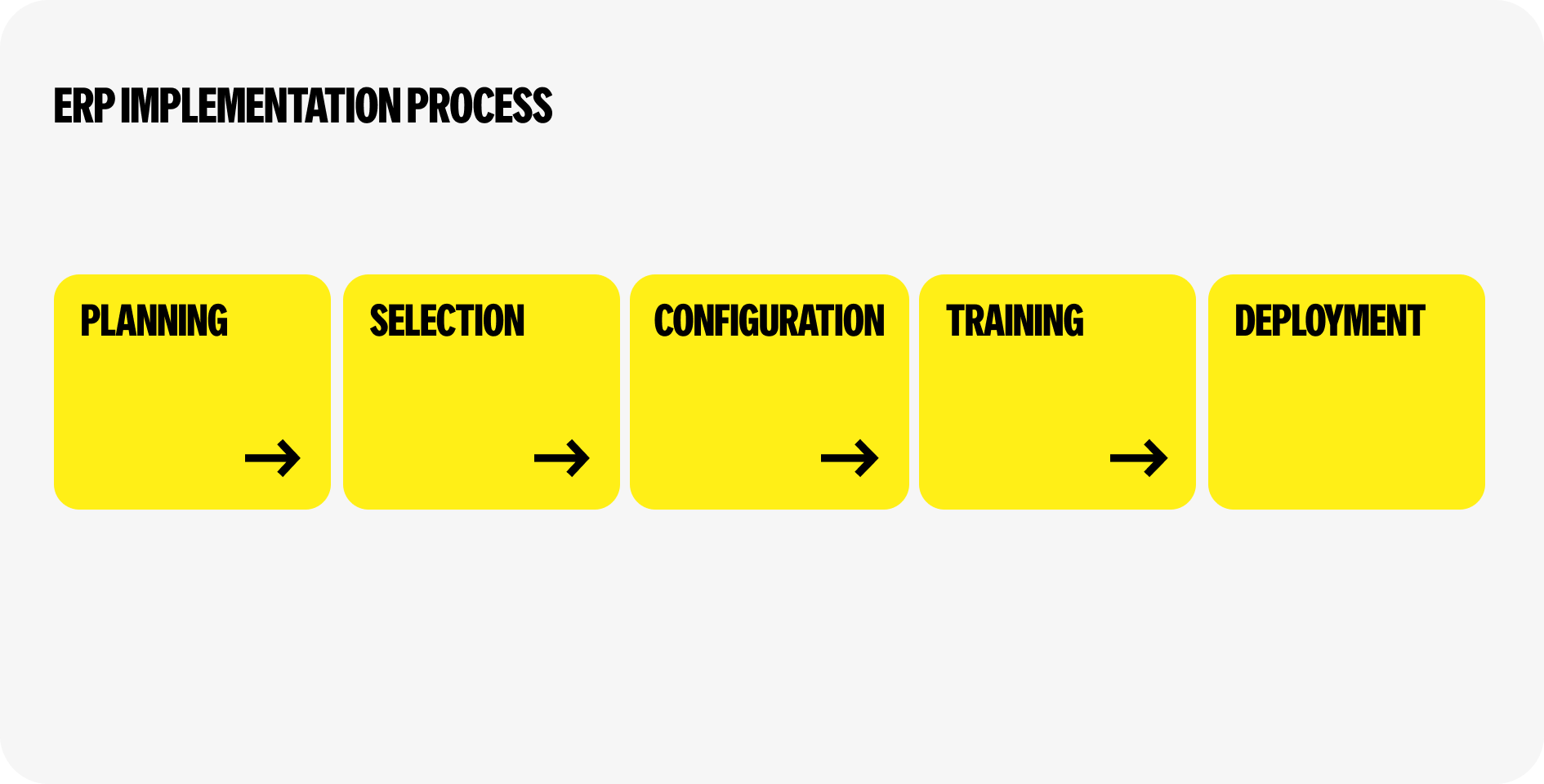Yango Tech and Surtifamiliar Partner for Next-Generation AI-Powered Grocery E-commerce in Colombia


In today's fast-paced and competitive business landscape, organizations are constantly seeking ways to streamline their operations, enhance productivity, and gain a competitive edge. One of the most powerful tools at their disposal is the Integrated Enterprise Resource Planning (ERP) system.
An Integrated ERP system is a comprehensive software suite that unifies various business functions, such as accounting, manufacturing, sales, and customer relationship management (CRM), into a single cohesive platform. This article delves into the world of integrated ERP systems, exploring their benefits, challenges, and best practices for implementation.
At its core, an Integrated ERP system acts as the nerve center of an organization, facilitating the seamless flow of data and processes across different departments. This integration eliminates silos, improves communication, and empowers decision-makers with real-time insights. Imagine having a central hub that connects finance, manufacturing, sales, and customer service, enabling a holistic view of operations.

Integrated ERP systems offer a myriad of advantages to businesses operating in the retail and e-commerce sectors. By automating routine tasks, eliminating redundant processes, and streamlining workflows, integrated ERP systems enhance operational efficiency. This translates to reduced manual effort, minimized errors, and optimized resource utilization.
Integrated ERP systems provide a unified dashboard that consolidates data from various sources. This real-time visibility empowers businesses to make informed decisions, track performance, and respond promptly to changing market conditions.
Informed decisions drive success. Integrated ERP systems provide accurate and up-to-date information, enabling management to analyze trends, forecast demand, manage inventory effectively, and devise informed strategies.

Integrated ERP systems encompass three primary areas of functionality, each critical for the success of retail and e-commerce businesses:
Commerce: E-commerce is the backbone of modern retail. Integrated ERP systems offer tools for managing online stores, including product catalog management, order processing, payment processing, and customer relationship management (CRM).
Supply Chain: Efficient supply chain management is essential to ensure products reach customers seamlessly. Integrated ERP systems facilitate supply management, order fulfillment, autoorder process and collaboration with suppliers, ensuring a smooth supply chain flow.
Accounting: Accurate financial management is crucial for any business's survival. Integrated ERP systems handle financial transactions, generate reports, manage taxes, and ensure compliance with accounting standards.
While the benefits of integrated ERP systems are undeniable, their implementation presents its own set of challenges. Firstly, implementing and maintaining an integrated ERP system can be costly. The initial investment in software, hardware, customization, and training can strain a company's budget.
Secondly, the integration of diverse business functions requires careful planning and execution. Managing the complexity of data migration, process mapping, and customization demands dedicated resources and expertise.
The final big setback to integrating ERP is making mistakes during the implementation process. Incorrect implementation can lead to data loss, disruptions, and operational inefficiencies. It is crucial to mitigate integration risks through thorough testing, training, and meticulous planning.
Selecting the appropriate integrated ERP system demands a systematic approach. Making a decision on the best fit requires careful consideration of basic, but most important business information.
Business Size and Complexity: Consider the size and complexity of your organization. A solution that caters to a small startup might not suffice for a large enterprise.
Industry Specificity: Different industries have unique requirements. Look for an integrated ERP system that aligns with the specific needs of retail and e-commerce.
Budget: Define a realistic budget that encompasses not only the software and hardware costs but also the implementation, training, and ongoing maintenance expenses.
Customization and Scalability: Choose an integrated ERP system that allows customization to match your unique business processes. Additionally, ensure that the system can scale as your business grows.
ERP system integration, when approached meticulously, can unlock a wealth of benefits for organizations. By streamlining operations, enhancing data-driven decision-making, and fostering collaboration, ERP systems can elevate an organization's performance to new heights.
However, achieving these benefits requires careful planning, a thoughtful selection process, and a commitment to user training and continuous improvement. By embarking on this journey with meticulous attention to detail, organizations can pave the way for a future of operational excellence and sustainable growth.

The initial step in ERP system integration is to meticulously craft a comprehensive implementation plan. This plan should clearly outline the project's goals, timeline, budget, and the resources required for successful execution. A well-defined plan serves as a roadmap for the entire integration process, ensuring that all stakeholders are aligned and working towards a common objective.
With a clear vision in place, the next step involves evaluating various integrated ERP systems on the market. This necessitates a thorough assessment of each system's capabilities, ensuring that it aligns seamlessly with the organization's unique business requirements.
Once the optimal ERP system has been selected, the focus shifts to customization. This involves tailoring the system to fit the organization's specific business processes. Data migration is a crucial aspect of this phase, ensuring that historical and current data is accurately transferred to the new system. A piece of advice from our experts is to prepare as old and as detailed data as possible to pick up analytics fast. Process mapping, which involves documenting and analyzing existing workflows, is also essential for ensuring a smooth transition. Finally, system configuration involves setting up the ERP system to align with the organization's unique needs.
To ensure the successful adoption of the new ERP system, comprehensive training for employees is paramount. This training should cover all aspects of the system, from basic navigation to advanced functionalities. By providing adequate training, organizations can minimize disruptions and maximize user acceptance, leading to a smoother integration process.
The final step in ERP system integration is the deployment phase. To mitigate risks, it is recommended to roll out the system in phases, starting with a pilot group of users. This allows for the identification and resolution of any potential issues before the system is deployed to the entire organization. Continuous monitoring of the system's performance and gathering feedback from users are essential for continuous improvement and ensuring that the ERP system is fully optimized for the organization's needs.
Sustaining the functionality and effectiveness of your integrated ERP system is paramount:
Regular Updates: Stay current with software updates and patches provided by the ERP system vendor. These updates often include bug fixes, security enhancements, and new features.
Backups: Regularly back up your data to prevent loss in case of hardware failures, data corruption, or other unexpected events.
Security Checks: Implement robust security measures to protect sensitive data. Regularly assess the system's security protocols and conduct audits to identify vulnerabilities.
Yango Tech stands out in implementing integrated ERP systems tailored for retail and e-commerce with the smooth integration of ERP with other systems like WMSand White-Label Store App. Their dedicated team of engineers works closely with clients to seamlessly integrate the ERP solution into existing frameworks. Yango Tech's expertise ensures efficient data handling, smooth integration of commerce, supply chain, and accounting functionalities. The commitment to partnering with clients for ongoing support is what sets apart Yango Tech’s team. By staying closely related, Yango Tech is ensuring the sustained growth and success of its partners.

Integrated ERP systems have emerged as indispensable tools for thriving in the ever-evolving retail and e-commerce landscape. Despite the challenges, the benefits of enhanced efficiency, visibility, and decision-making far outweigh the costs. By carefully selecting, implementing, and maintaining the right integrated ERP system, businesses can position themselves at the forefront of their industries, equipped to navigate the complexities of today's business environment and embrace the opportunities of tomorrow.